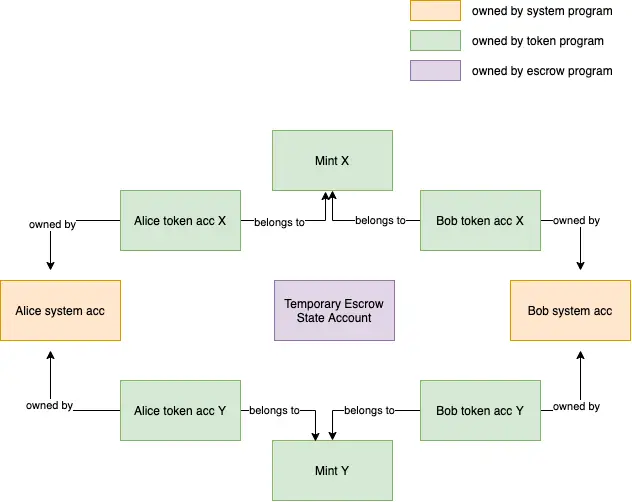Back
Program
Solana
By HackQuest
Apr 18,20243 min readWelcome to the world of Web3, where cryptocurrencies, blockchain, and a unique culture converge. Entering the world of Web3 can be both thrilling and overwhelming, especially when faced with the seemingly cryptic language used by enthusiasts. Don't worry if you feel they sound like some secret codes, we are here to unravel their meaning. In this article, we are going to introduce [Program].

What is the meaning of the Program?
📢
Introduction to Solana
Before delving into the specifics of Solana programs, it's essential to understand the platform they operate on. Solana is a blockchain network optimized for speed and efficiency, enabling developers to build dApps that can scale to millions of users without compromising performance. Its unique consensus mechanisms, including Proof of History (PoH), allow for unprecedented transaction throughput, making it an attractive choice for developers looking to push the boundaries of what's possible in Web3.
In Solana, a "program" is essentially what other blockchain platforms refer to as smart contracts. However, unlike smart contracts on platforms like Ethereum, Solana's programs are more akin to fixed, stateless functions that operate within the blockchain's runtime environment. These programs are written in programming languages such as Rust or C, compiled into Berkeley Packet Filter (BPF) bytecode for efficiency and security, and then deployed to the Solana blockchain.
Programs in Solana are responsible for defining the logic and rules that govern the interactions on the blockchain, such as transferring tokens, executing trades on a decentralized exchange, or minting NFTs. They are the backbone of dApps on Solana, enabling developers to create complex, decentralized systems.

Source: Paulx
The Significance of Programs in Solana
The design and implementation of programs in Solana come with several key advantages:
Performance
Solana's runtime environment and the BPF-based execution model allow programs to run with exceptional efficiency, contributing to the network's high throughput and low transaction costs.
Security
Programs in Solana are sandboxed, meaning they operate in a restricted environment that limits access to the system's state and other programs. This architecture enhances the security of dApps built on Solana.
Scalability
The stateless nature of Solana's programs, combined with the network's consensus mechanisms, ensures that dApps can scale effectively, handling thousands of transactions per second.
The Backstory of Programs in Solana
The concept of programs in Solana was developed as part of the network's foundational design, with the aim of addressing the limitations observed in earlier blockchain platforms. Traditional smart contracts often faced issues related to scalability, performance bottlenecks, and high gas fees. Solana's approach to programs was to create a more efficient and scalable model for decentralized application development, leveraging the expertise of its founders in distributed systems and blockchain technology.
Programs in Action: A Simple Example
Imagine you're using a decentralized finance (DeFi) application built on Solana. When you decide to swap tokens, this action is facilitated by a Solana program specifically designed for this purpose. The program contains the logic to ensure that the tokens are exchanged at the correct rate, the balances are updated accurately, and all actions are compliant with the rules defined within the program. The efficiency and security of the program allow this transaction to be completed swiftly and safely, showcasing the power of Solana's architecture.
Conclusion
Programs in Solana represent a pivotal innovation in the realm of blockchain and Web3 development. By reimagining the concept of smart contracts, Solana offers a platform where developers can build fast, secure, and scalable dApps, paving the way for a new generation of decentralized applications. For beginners looking to dive into the world of Web3, understanding Solana's programs is an excellent starting point, offering insights into the future of blockchain technology and its potential to transform digital interactions.